Many photos only really come into their own when framed with a passepartout. Classic picture frames usually come with the cardboard frame, but if you want to use an older frame with a nostalgic flair for a picture, the accompanying passe-partout is often outdated and no longer beautiful. So it needs to be replaced with a new, shiny model.
Passe-partouts are usually made of stronger cardboard and serve to draw attention to the photo and round it off. To a certain extent, the cardboard can also protect against environmental influences or absorb pollutants so that you can enjoy your photo for many years. It is therefore not uncommon for the passe-partout to yellow over time or to reveal a grey haze.
There are no limits to the colours you can choose from. Even though most cardboard frames are white or black, you can of course buy them in many other colours or make them yourself with thicker cardboard.
If, however, you want to focus more on the picture frame, we advise against using an additional passepartout. Especially in the case of ornate baroque frames, you should do without it, as otherwise the viewer's eye will not know what to focus on.
Cardboard frames give a photo the right look and therefore they are almost indispensable, especially for portrait and wedding photos. It also allows a simple fit to the frame and prevents an unsightly border from appearing between it and the image.
Furthermore, thicker mounts in particular have a protective quality. They ensure that a cavity is created between the photo and the glass pane and that they do not touch each other. Especially in the case of condensation on the glass caused by temperature fluctuations, the photo is thus not damaged.
Cardboard frames are offered in numerous variants. They can be chosen in many dimensions to match the picture and frame: Rectangular models can be used in portrait and landscape format, squares are also available. Round and oval mounts are now also not uncommon. In addition to those with only one cut-out for one photo, you will also find models with several cut-outs for several photos.
While passepartouts used to be available almost exclusively in white or champagne, many colours are now available. In addition to white and black, you will also find variants in delicate pastel or bold colours. In this way, the artwork can be individually adapted to the colours of your interior.
However, in order for a photo not to miss its effect, it is also important to use it correctly. The size of the passe-partout must match the photo and the picture frame.
Although the edge of commercially available passe-partouts is the same width everywhere, it often appears narrower in the lower area. This optical illusion is particularly pronouncedwhen a photo is hung at eye level. To avoid this, you should keep the bottom edge slightly wider than the top. The width you choose depends on the size of the photo, but about half a centimetre is recommended.
As for the size, you should choose one to match the picture frame and picture. It should not be too narrow, otherwise the attention will not be drawn properly to the photo. If the passe-partout is too large, it will also look very incongruous and the eye will tend to be drawn away from the picture.
You should choose a frame with at least three centimetres of space for photos in DIN A4 format. The colour of the passe-partout is also important when choosing. The colour should harmonise well with the colours of the photo. For black and white photos, it is therefore better to use a black or white model.
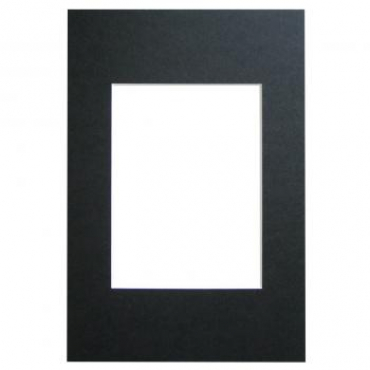
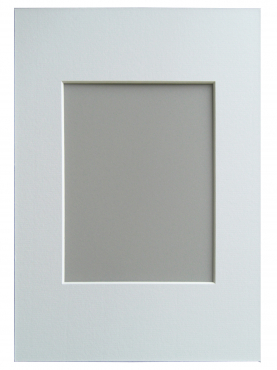
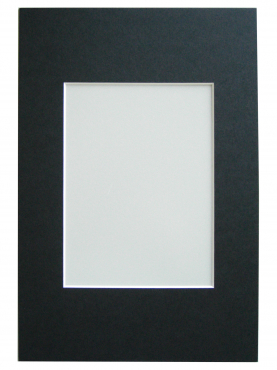
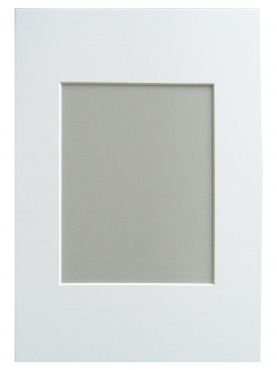

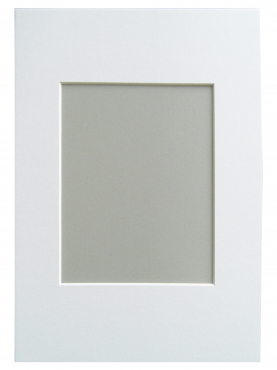
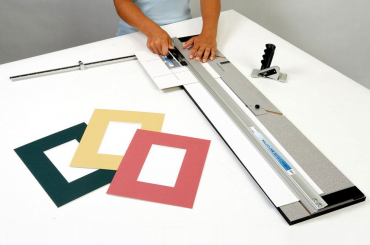
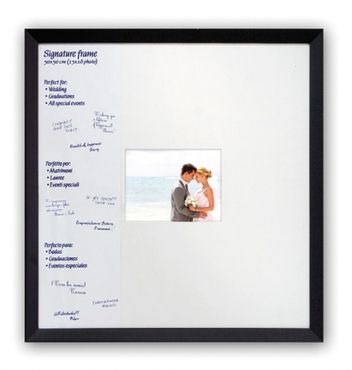



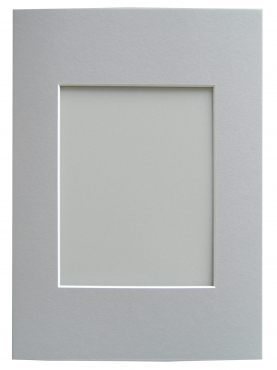




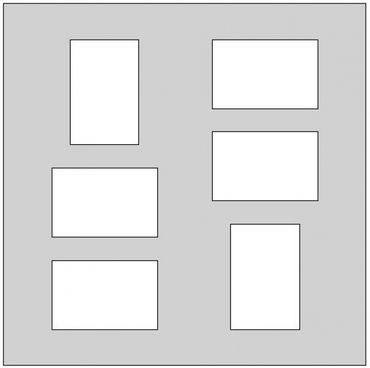
Simply subscribe and benefit as a newsletter recipient every week: